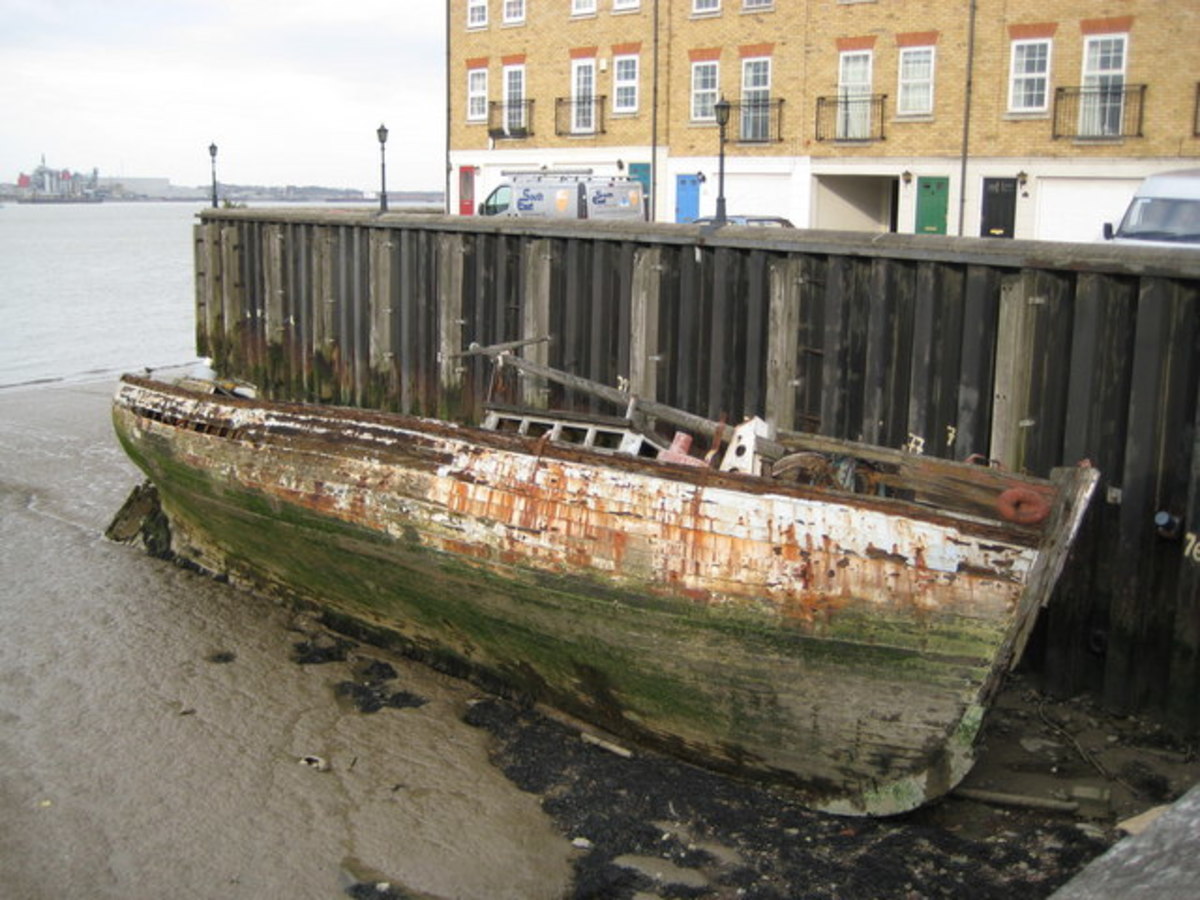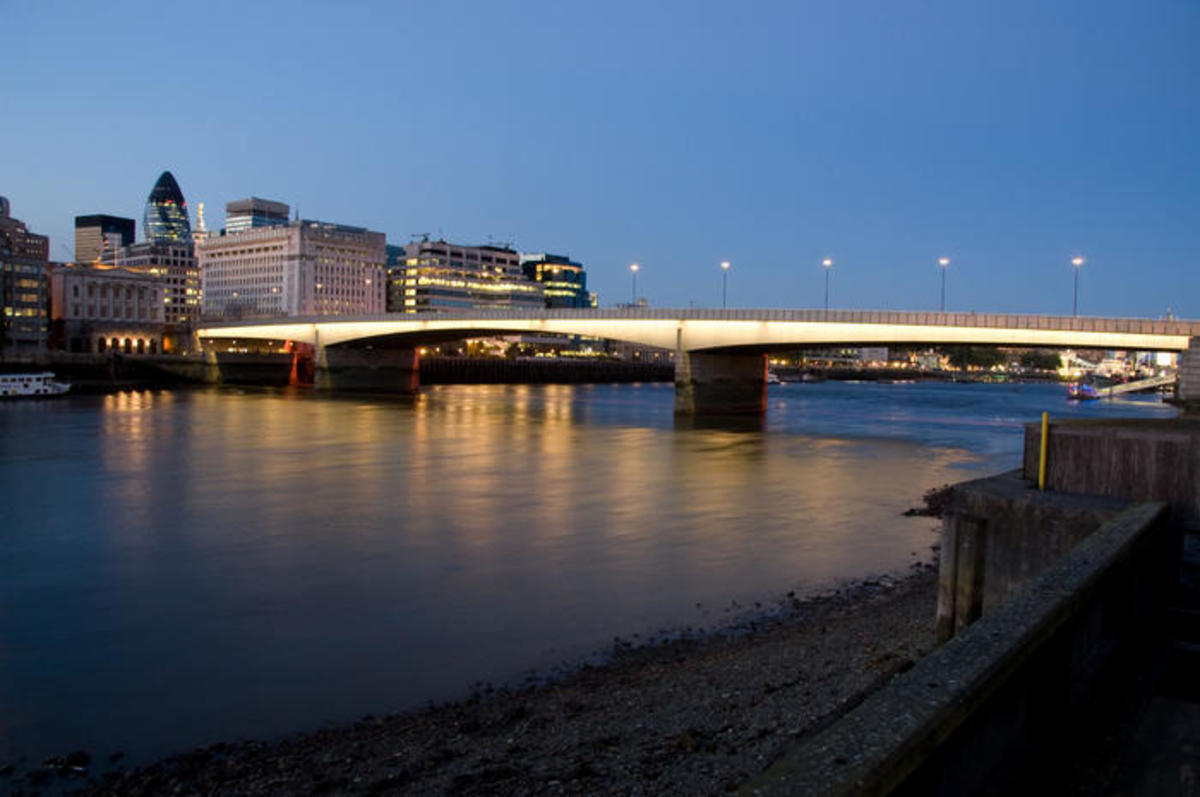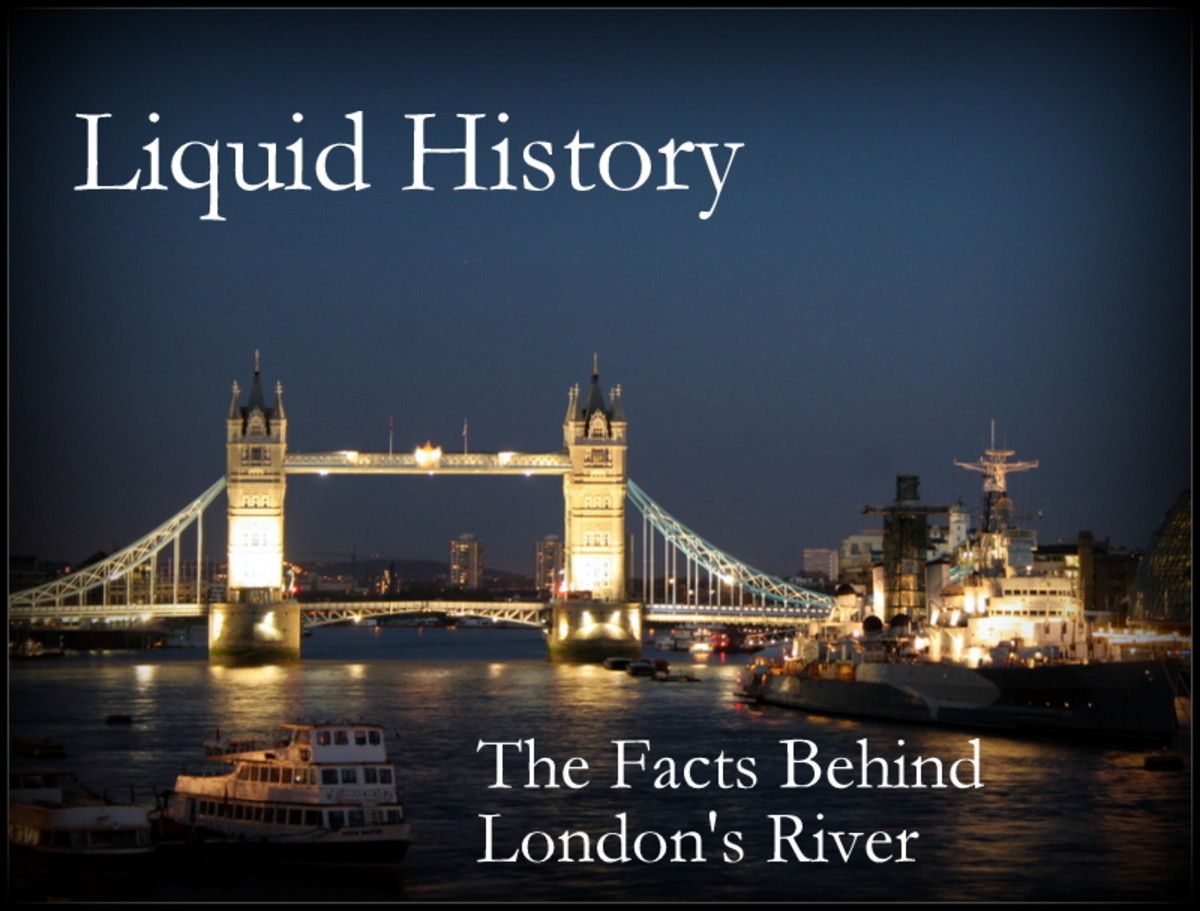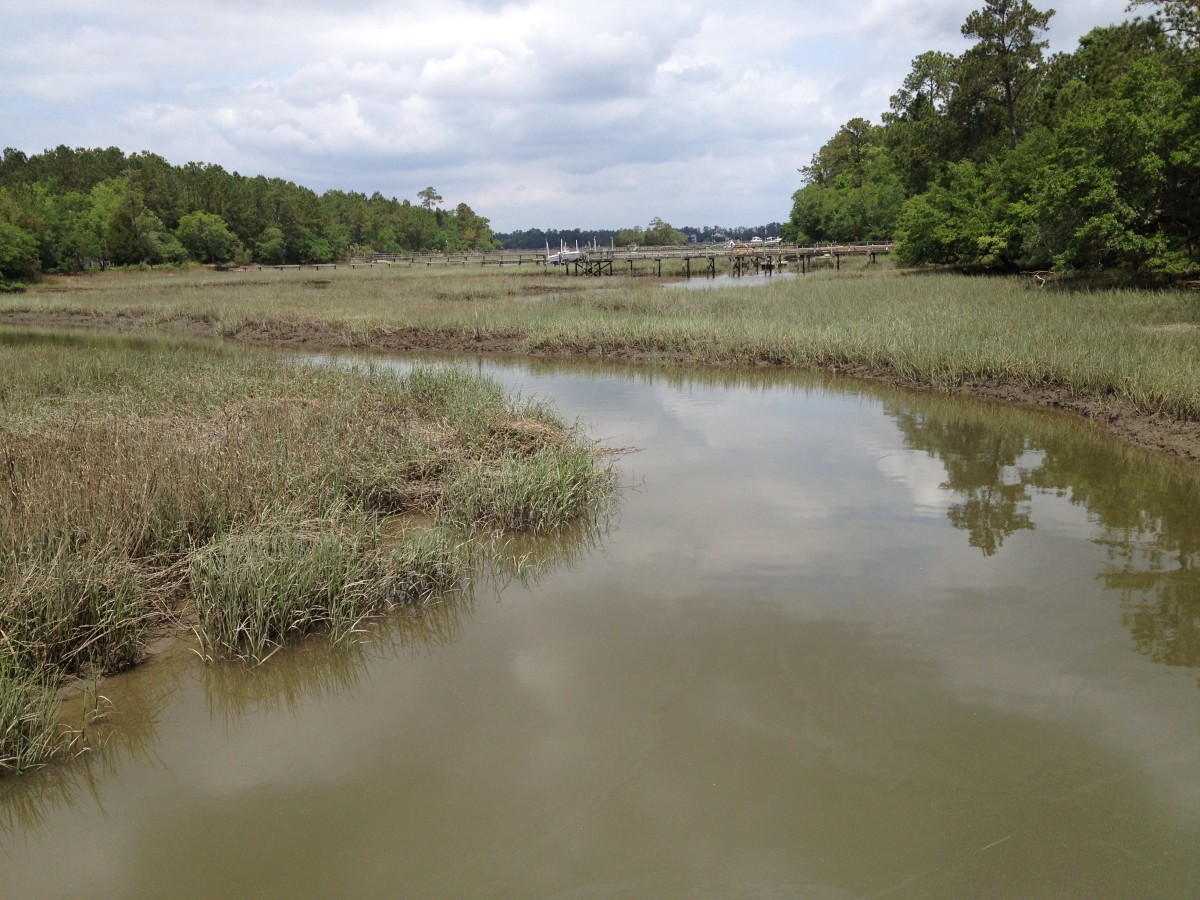The Hidden Secret of London's Lost Rivers
As the capital City of England, London has been the natural seat of power for the nation and the United Kingdom for many years. This global city is famous throughout the world for its entertainment, fashion, industry, banking institutions and over two thousand years of recorded history. The City has seen triumph and tragedy, along with fragile peace and sporadic conflict. From its ancient beginnings, the settlement has been well served by the River Thames. The river snakes its way through the full extent of the capital before meeting the waters of the North Sea.
London is dominated by the River Thames and has been at the heart of the capital cities development for thousands of years. It is surprising to know that the City of London, is not home to just the River Thames. There are many rivers that are equally important to modern Londoners hectic day to day existence.
Many are now hidden from casual sight but they still flow along similar channels to those they had done in the Roman Age.
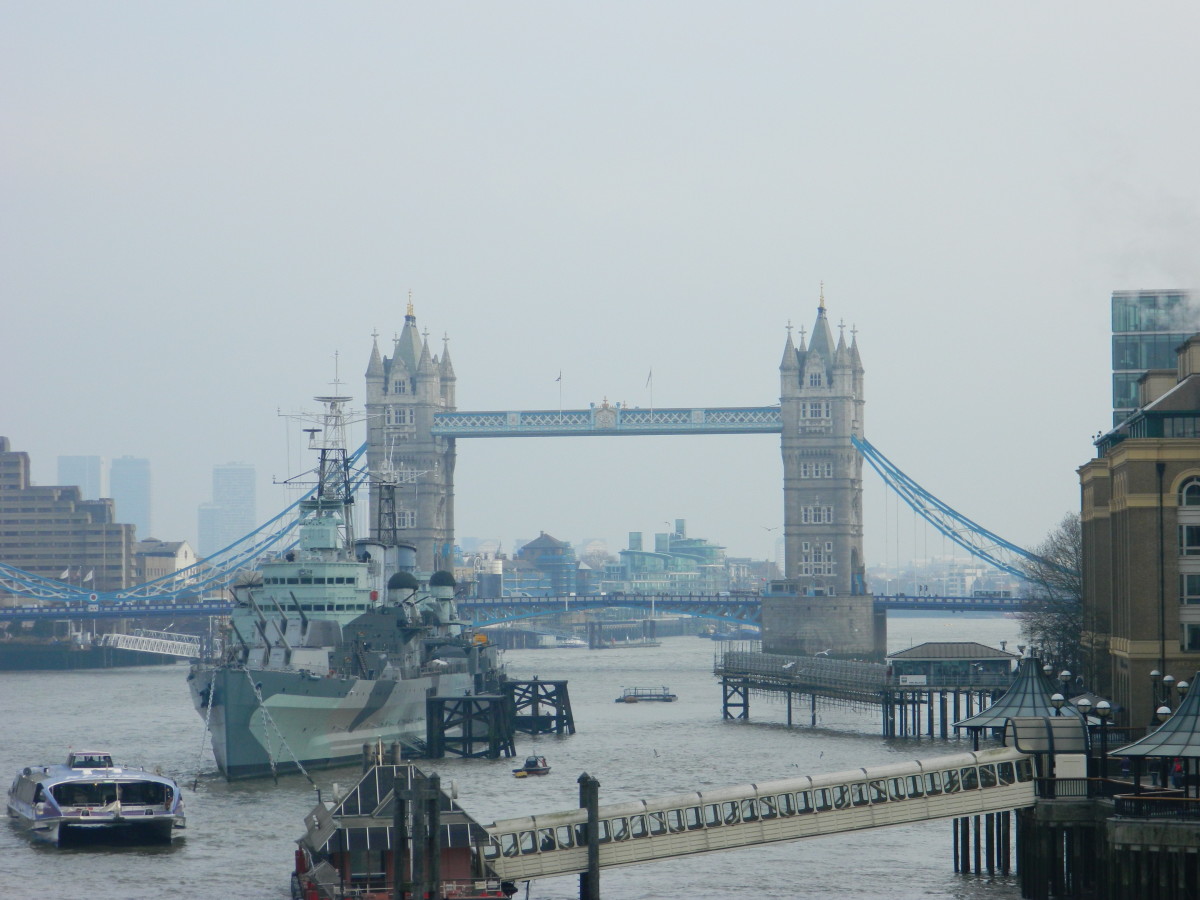
Many of London's lost rivers have now been incorporated into the Greater London sewage system. This was a trend which was started when London's growth was at its peak. In the long and glorious reign of Queen Victoria, much of the work was undertaken to ensure all citizens of the city had a supply of fresh drinking water. To guarantee the health of the public, the ability to dispose of waste water safely was vital to halt the spread of lethal diseases.
Underneath the growing city, the Victorian engineers created hidden labyrinths of tunnels designed to divert water features and limit the potential risks of flooding on the capital city.
Had the engineers of London's past not undertaken such comprehensive public works. Then the consequences to the prosperity of the city would have been dire. London would not have attracted the power and prestige it prides itself on.

No modern nation would build its foundations on untamed swampy ground. Yet much of London was built upon such ground. Over the last two thousand years, the diversion of the tributary streams, rivers and becks gave London the solid land to build upon.
Compare the concrete, steel and glass of the modern city against that of the area of London in the First century A.D, and one would be surprised that such a modern city could have been built there. London at the time of the Roman occupation would have been a collection of reed beds, small Islands and rocky outcrops.
The River Thames.
The River Thames was called the River Tamesas by the Ancient Britons who controlled London before the Roman Invasion of 44 AD. After the Romans took over the land of the Ancient Britons they called the River Thames the River Tamesis. Over time, the name evolved to the name we know today. The original name is thought to describe the colour of the water in the language of the Ancient Britons.
The River Thames is believed to have ancient river crossings at a number of points over its winding course. The most important one would have been near the where the Houses of Parliament now sit. This point allowed the north and south of the river to trade effectively with each other. For such a vast expanse of water, it was essential to have a reliable method of transportation. The numerous bridges, boats and fords have often been used over the river's history.
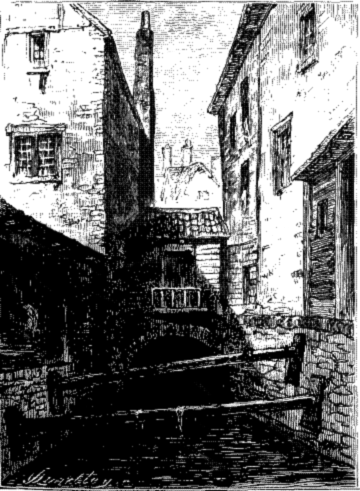
The River Fleet
The River Fleet rises in Hampstead Heath and flows into the River Thames from the north bank of the city. The River Fleet is for the most part hidden under the City of London and is rarely noticeable apart from a few instances where it can be heard or seen. The River gets its name from the Anglo-Saxon word for "Tidal inlet". Both the Romans and the Saxons used the river for shipping and as a source of fresh drinking water.
As more usable land was reclaimed from the marsh land, the river lost much of its original volume. By the 1600's the river had become a canal and the water quality had become very poor. With the expansion of Hampstead and additional space needed for Railways, the remains of the river where covered to provide additional space.
By the start of the 1900's much of where London's lawyers and journalistic worked was on the route of the original river.
Hidden Waterways of the City of London
- River Fleet
- River Kilburn/Westbourne
- River Neckinger
- River Effra
- River Rom
- River Brent
- River Walbrook
- River Falconbrook
- Beverley Brook
- River Tyburn
Did you know of the hidden river's?
The River Westbourne
The river was originally called many names including the River Kilburn. We know that the Anglo-Saxon had designated it as a royal stream, so this would point to it having significance in the time before the Medieval period of history.
The stream is located in the highly affluent area of the capital. Its original course flowed through areas such as Hyde Park, Chelsea, Kensington and Knightsbridge. The highly desirable area of Chelsea and Belgravia is built over the waters of the River Westbourne.
The Engineers of London had reduced the water flow drastically from it's Anglo-Saxon peak. By the 1850's they were able to divert the water into Iron pipeworks, this aided the sanitation of the area and improved the water supplies. The Victorian pipework still exists and is visible at the Sloane Square tube station, where you can see it running along the platforms ceiling. The old water route terminates at the River Thames near to Chelsea Bridge, the only evidence of its original course is a sewage out flow pipe partially hidden in the stone work of the Chelsea Quay.
The River Effra
The River Effra is located south of the River Thames and is commonly thought to derive its name from the tongue of the Ancient Britons. The original volume of the River Effra has been reduced by the surface water sewage system and the majority of the water flow is now underground. The river rises in a few locations but Norwood seems to be its main origin. The River Effra would have looked very similar to the Fleet River which is located on the north bank of the River Thames.
It would have provided fresh water to the embryonic London but once the city grew, it was unable to meet the demand with its supply. The area that it is located in is seen as a major flood area. In the last hundred years it has flooded the capital twice. Some residents want more work on the Effra, to help reduce further risk of floods. Alternative groups wish for the River Effra to return and compliment the only other surface waterway, the River Wandle. It is now unlikely that any of these rivers would be allowed to return to their original course, due to the cost involved to change urban planning and infrastructure.
Other British themed articles
- The Origins of English Place Names
Have you ever wondered why some English place names have a strange sounding name? This article will answer why these names have come into use and why they have remained intact into the modern age. - Where to Find Gold in the British Isles
We know of only a handful of British goldmines. So where did they get the gold from to create all of those ancient treasures that we find in their museums? - Britain's Forgotten Silver Reserves
As a general rule, where you find lead you will find silver. Britain has more silver reserves than gold. The majority of the reserves are like the gold reserves situated in Cornwall, Wales and Scotland
This content is accurate and true to the best of the author’s knowledge and is not meant to substitute for formal and individualized advice from a qualified professional.
© 2013 Andrew Stewart


